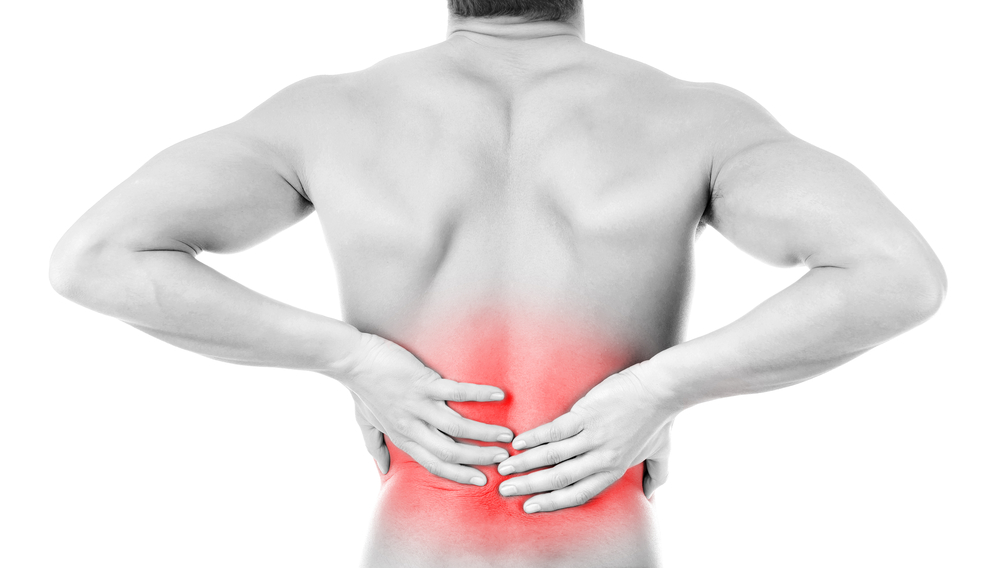- What causes lower back pain?
The vast majority of people experience what is referred to as non- specific lower back pain. This does not mean the pain is not real but it refers to lower back pain caused by conditions that are not serious.
Non-specific lower back pain will usually respond well to a combination of manual therapy and exercise. Your GP may also prescribe some anti-inflammatories to help with pain and stiffness in the acute stage. In the minority of cases when symptoms persist it may be a more serious specific condition that requires further medical investigation.

- How can I help prevent future recurrences?
Studies have found that different forms of exercise are equally effective at treating lower back injuries. Whether you choose aerobic based exercise such as walking or swimming or more strength based exercise such as pilates or weight training is less important. The key is to keep moving!
Pick the type of exercise that suits you best and you are most likely to be consistent with. And remember just because the pain has subsided does not mean the exercise can or should cease completely. A maintenance level of exercises of 2-3 times 30min moderate exercise per week results in the best outcomes.
Exercise options such as stretching, pilates, swimming, walking and resistance training are all valid and effective options.

- Scan or Imaging results rarely show the true cause of pain
Disc bulges, arthritic changes and protrusions are commonly found in imaging in both people with and without pain. These changes in the spine may be quite normal and part of the ageing process. Don’t be afraid to ask for an explanation of the scan results. We get wrinkles on the inside and outside. Sometimes the changes can be more advanced than what they should be for your age but more often than not they are not the cause of your discomfort. They have most likely been around for a long time way before you experienced the back pain.
| Age (yr) | |||||||
| Imaging Finding | 20 | 30 | 40 | 50 | 60 | 70 | 80 |
| Disc degeneration | 37% | 52% | 68% | 80% | 88% | 93% | 96% |
| Disc signal loss | 17% | 33% | 54% | 73% | 86% | 94% | 97% |
| Disc height loss | 24% | 34% | 45% | 56% | 67% | 76% | 84% |
| Disc bulge | 30% | 40% | 50% | 60% | 69% | 77% | 84% |
| Disc protrusion | 29% | 31% | 33% | 36% | 38% | 40% | 43% |
| Annular fissure | 19% | 20% | 22% | 23% | 25% | 27% | 29% |
| Facet degeneration | 4% | 9% | 18% | 32% | 50% | 69% | 83% |
| Spondylolisthesis | 3% | 5% | 8% | 14% | 23% | 35% | 50% |
Systematic Literature Review of Imaging Features of Spinal Degeneration in Asymptomatic Populations (Brinjikiji et al, 2014)
- Pain does not equal damage
Pain with movement is often associated with damage or doing harm. In fact in most cases, pain with movement is as a result of ongoing sensitivity in the area contributed to by the initial inflammatory response and potential muscle guarding. Pain returning after subsiding is more often triggered by stress, poor sleep or anxiety than by re-injury or damage. If you have been experiencing increase stress and or poor sleep don’t be surprised if you have a pain exacerbation. Some things you can do to help include relaxation techniques such as relaxed breathing, progressive muscle relaxation techniques, meditation or listening to relaxing music.

Chris Nell
Physiotherapist


